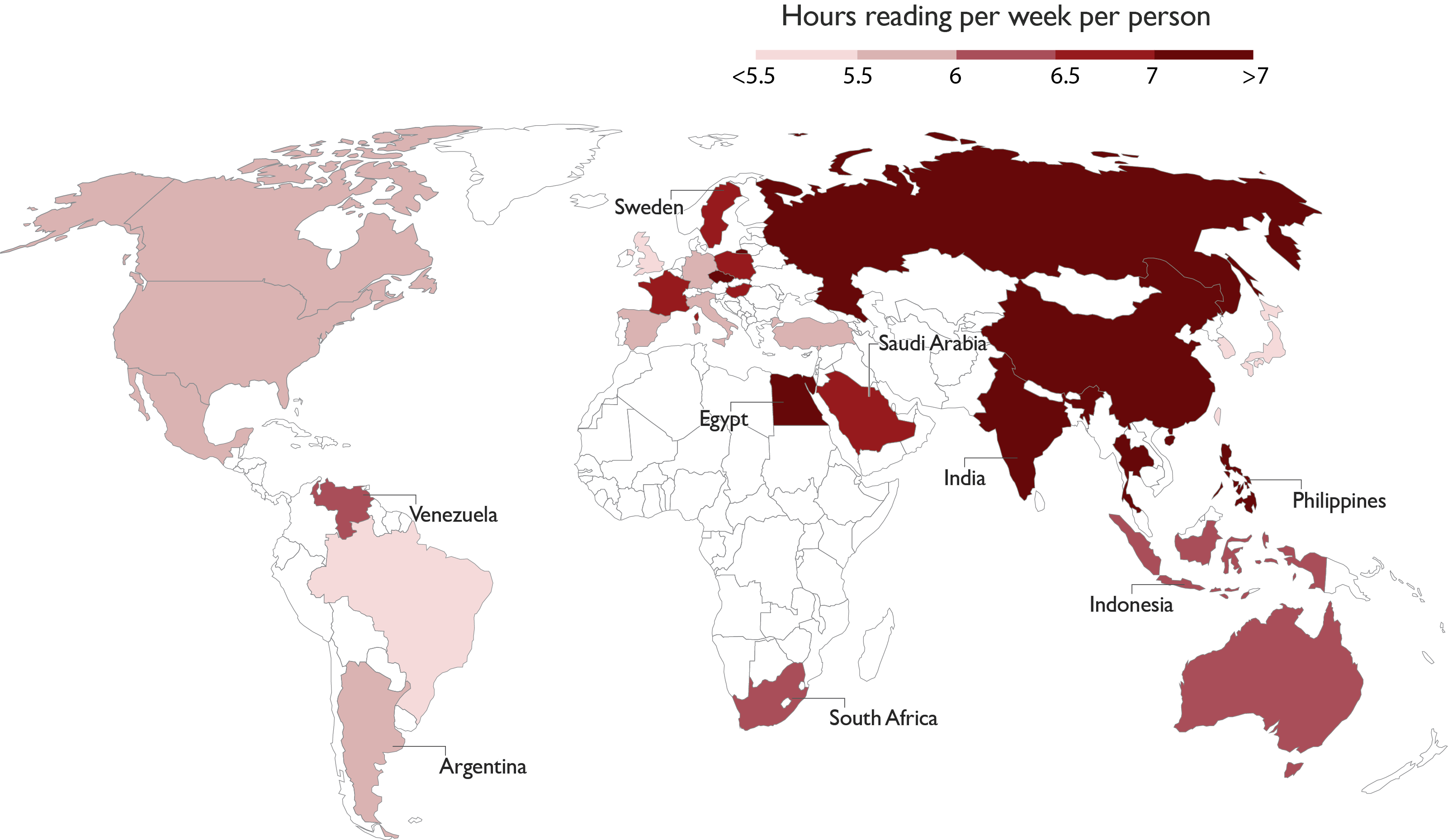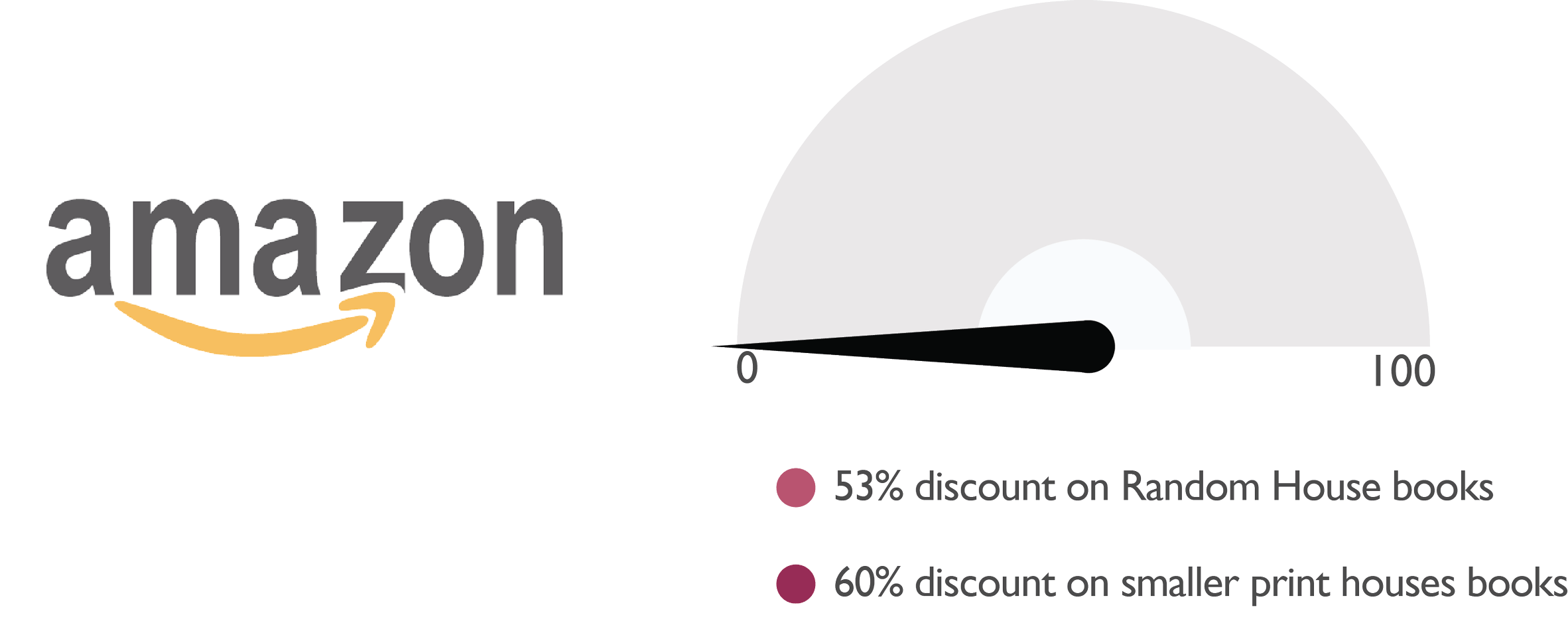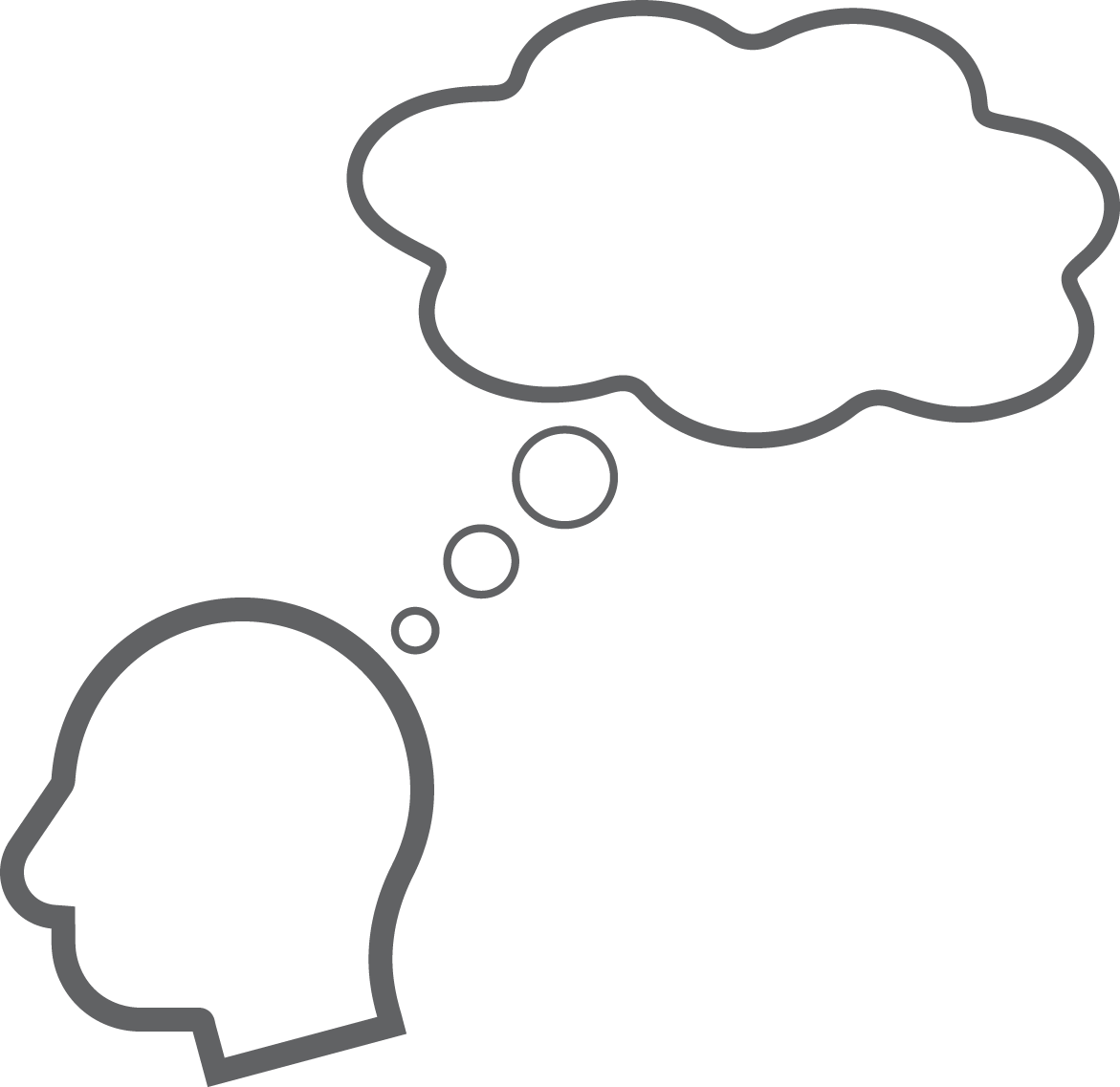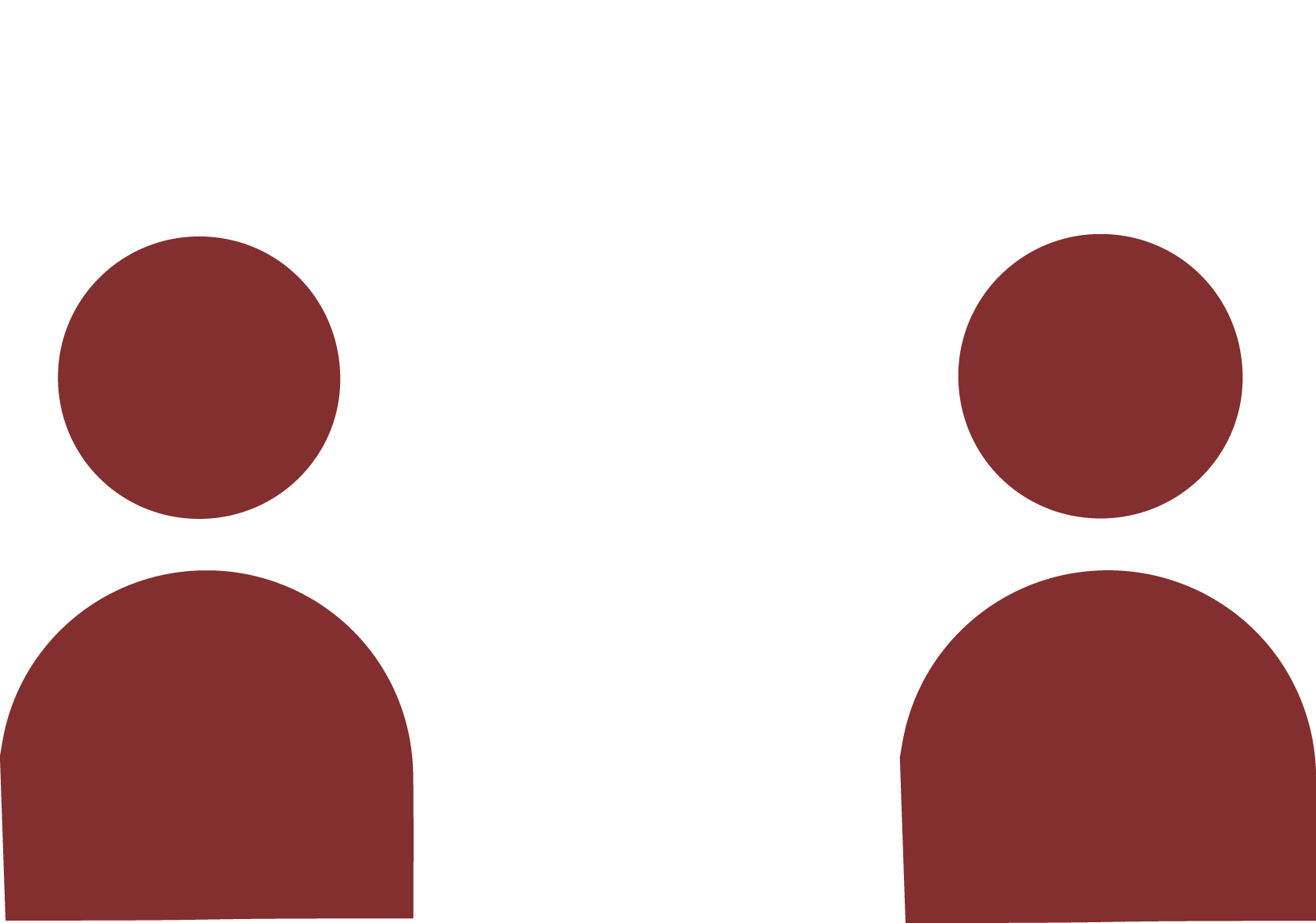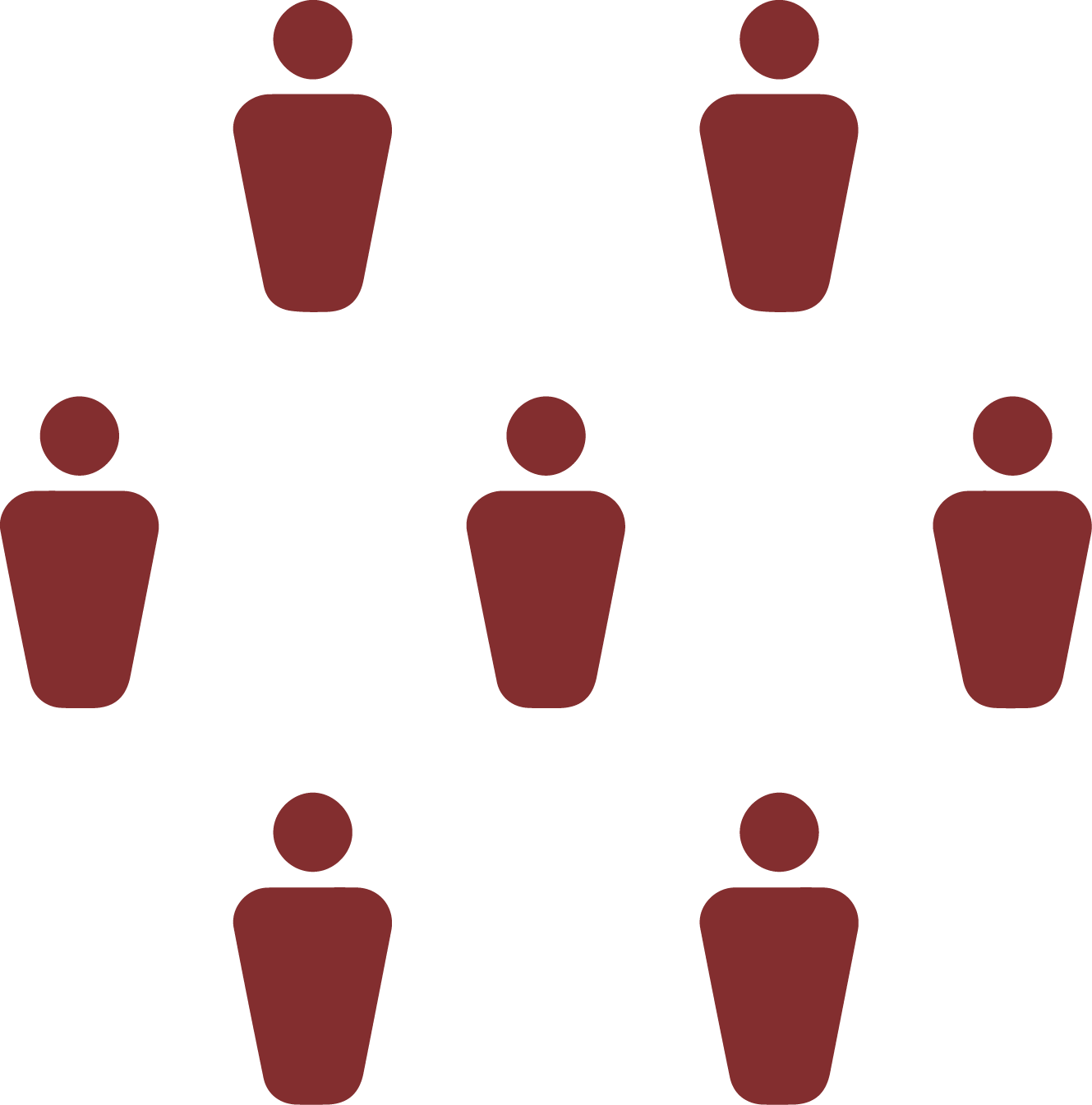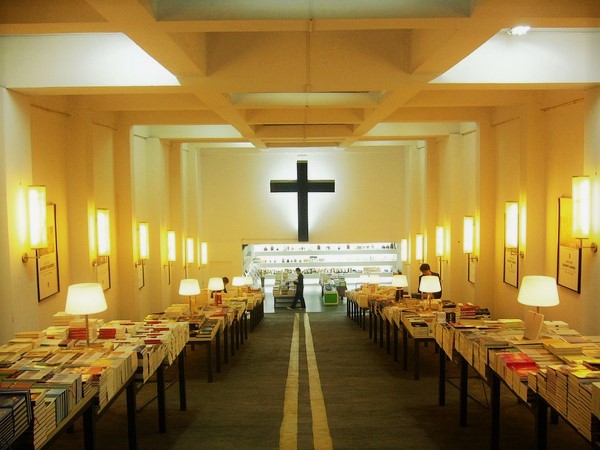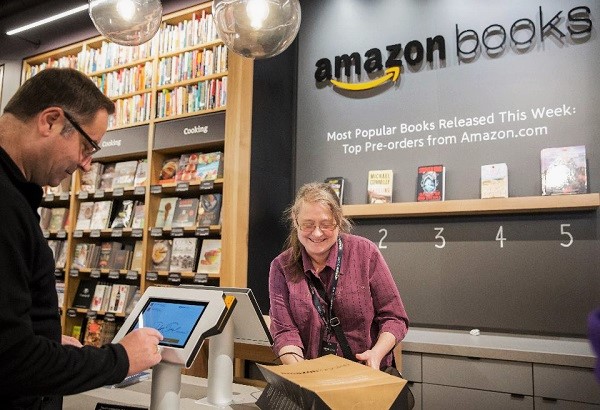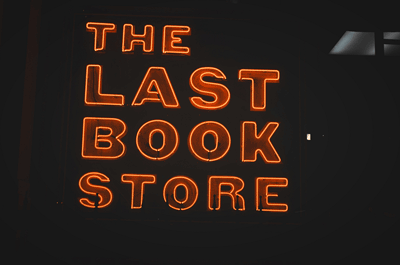Prologue
Bookstores always remind me that there are good things in this world.
--Vincent Van Gogh
In the Spring Arts Tower at Los Angeles downtown, there is a place where you can find a labyrinthine collection of books, new or used. You can spend the whole day in this cool but cozy place with a novel from the 1980s, or just wander around looking at its wheel-equipped bookshelves and old style paintings. As California’s largest new, and used book and record store, The Last Bookstore has over 250,000 books and thousands of records and magazines. It also has a large space for book signings, literature lectures, music book reading, and all sorts of social connection events. The store encourages selling and trading books and records based on its fluctuating inventory needs, as part of a mission to keep the paper and ink book business alive in an era of e-readers and digital downloads.
The life of The Last Bookstore was not always smooth: the rent in downtown L.A. has been rising sharply. And there was even a gun incident just across the street several days before its opening. Josh Spencer, the owner and operator, chose the name The Last Bookstore because it was founded during the time when Borders and other bookstores were going out of business. But it’s not facing the same fate as it’s competitors. On the country, it’s thriving. The store is in its third incarnation after it began in 2005. With over 10 years’ history, it has grown quickly to 22,000 square feet and it is now one of the most famous tourism landmarks in the city.






